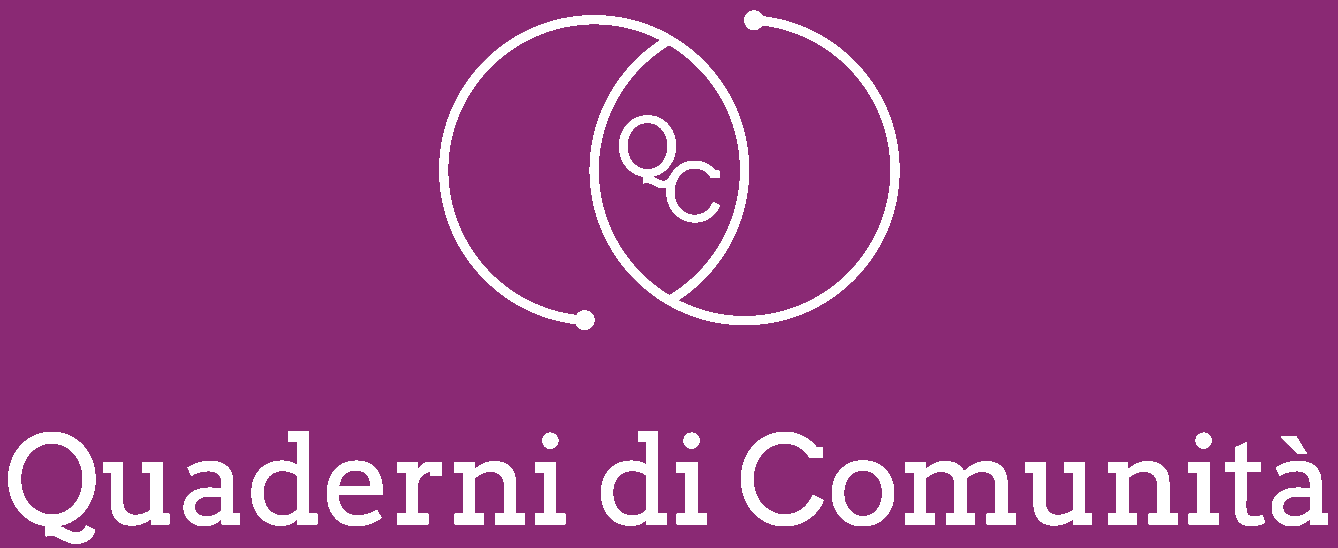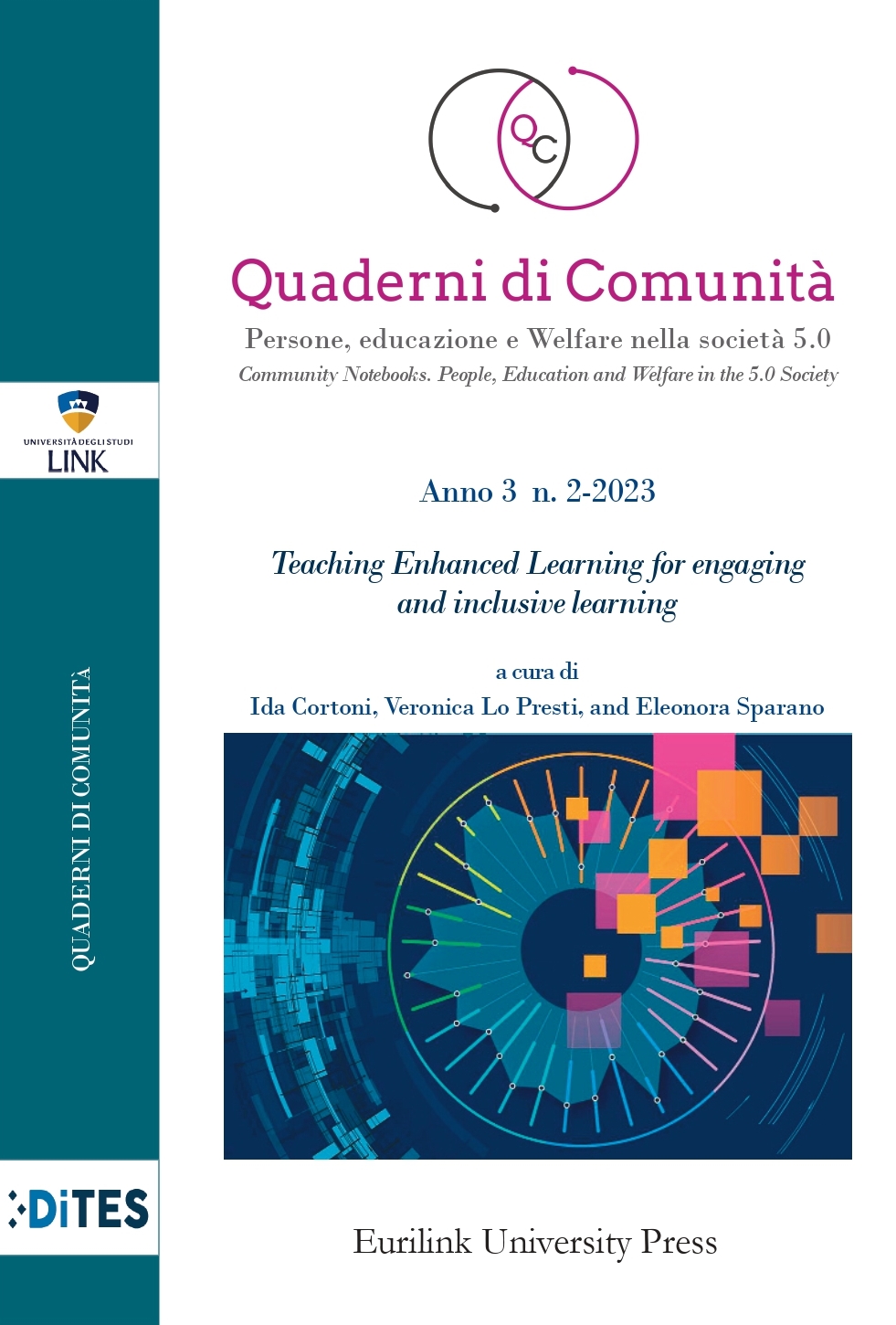How can a software innovate Latin teaching
DOI:
https://doi.org/10.61007/QdC.2023.2.131Keywords:
Digital revolution, education, digital tools, Latin languageAbstract
The history of books demonstrates how the evolution of formats has changed both the organization of content and its consumption. The challenge posed by the digital revolution requires a profound reconsideration of the educational offerings to support teachers in their essential profession. The widespread use of digital devices has created a demand for effective digital tools applied to education, which has not yet received an adequate response.
References
Chomsky, N. (2002), Syntactic Structures (2nd edition), De Gruyter Mouton (1st ed. 1957).
D.M. 211 del 2010.
ISTAT, L’inclusione scolastica degli alunni con disabilità | AS 2021/2022. Consultata da https://www.istat.it/it/files//2022/12/Alunni-con-disabilita-AS-2021-2022.pdf.
Sabatini, F. and Camodeca, C. (2022), Grammatica Valenziale e tipi di testo, Carocci.
Tesnière, L. (2001), «Elementi di Sintassi strutturale», in G. Proverbio, A. Trocini Cerrina (eds.), Torino, Rosenberg & Sellier.
Downloads
Published
How to Cite
Issue
Section
License
Copyright (c) 2023 Quaderni di comunità

This work is licensed under a Creative Commons Attribution-NonCommercial-NoDerivatives 4.0 International License.







